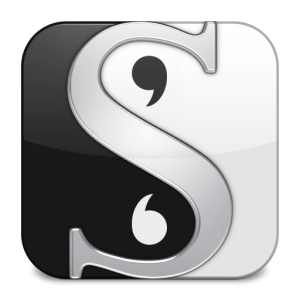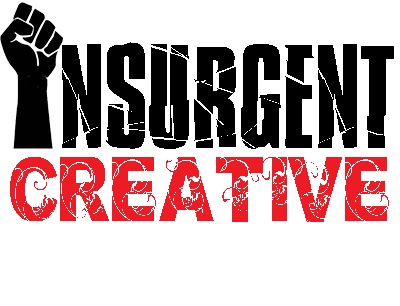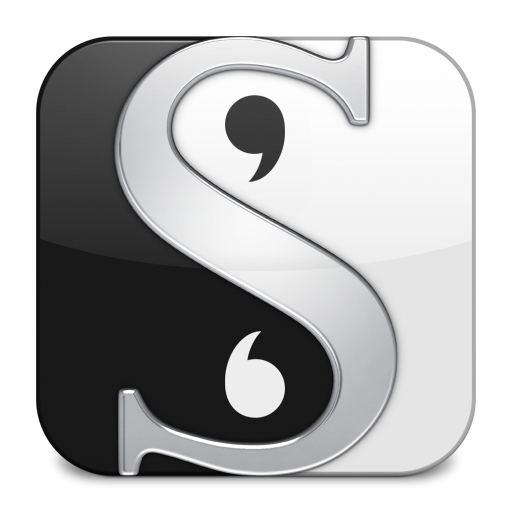 Today we start looking at tools to enable the Insurgent Creative method. This one is for the writers out there: Scrivener, from Literature and Latte.
Today we start looking at tools to enable the Insurgent Creative method. This one is for the writers out there: Scrivener, from Literature and Latte.
Scrivener is a brilliant piece of software (originally designed for the Mac, but now a version for Windows is available, with another version for Linux currently in beta. ), for just for writing, but also outlining, development, research, revision and even electronic publishing. It’s categorized as a “word processor”, but would be better described as a literary project management platform, due to the over-arcing nature of the tools provided. You’re not just putting words down here. You can use the virtual index-cards-on-corkboard system for organizing and re-ordering entire sections of the manuscript. Utilize the management system for notes, metadata, and store whole documents for reference (including web pages, audio, video, images and PDFs in addition to plain text), all of which are saved in a single project file with your manuscript.
In short, Scrivener is a tool designed with writers in mind. Compared with the bloat, “helpful” additions and general cubicle-farm business soullessness of Microsoft Word, it is an absolute revelation. (And, given the widespread dominance of that program, you’ll be happy to know that Scrivener is able to export to Word format for delivery.) The software is not free, but sells for only $45 US, which is an incredible price for everything you get, and how useful it is.
 There are tutorial videos available on the Literature and Latte website which walk you through the various tools available, and a robust forum for discussion and sharing tips. In addition to these official sources of instruction, David Hewson (a writer than I had a chance to meet at Thrillerfest in NYC five years ago) has released a Kindle book called “Writing a Novel with Scrivener” which walks you through the process, from set-up and management to creation and even use of the newer functions of the Mac version which allow you to directly export into Kindle or eBook format, ready to upload for sale at Amazon via Kindle Direct Publishing, Barnes and Noble’s PubIt platform, Apple’s iBooks, and more.
There are tutorial videos available on the Literature and Latte website which walk you through the various tools available, and a robust forum for discussion and sharing tips. In addition to these official sources of instruction, David Hewson (a writer than I had a chance to meet at Thrillerfest in NYC five years ago) has released a Kindle book called “Writing a Novel with Scrivener” which walks you through the process, from set-up and management to creation and even use of the newer functions of the Mac version which allow you to directly export into Kindle or eBook format, ready to upload for sale at Amazon via Kindle Direct Publishing, Barnes and Noble’s PubIt platform, Apple’s iBooks, and more.
I cannot recommend this software enough. I’ll put it like this for my fellow writers: It is a tool designed for every aspect of the job that you do. You can use other tools, which will work, but this works better. Just as you can drive a screw with a hammer if you must… but a screwdriver is built for that purpose, and makes the job easier.
From planning, to research, to note-taking and development, to writing, to structuring, to revision and then to production — for the Insurgent Creative writer, this should be the weapon of choice.
Storm the gates.





